Home>Home Appliances>Heating & Cooling>How To Use A Central Heating Thermostat
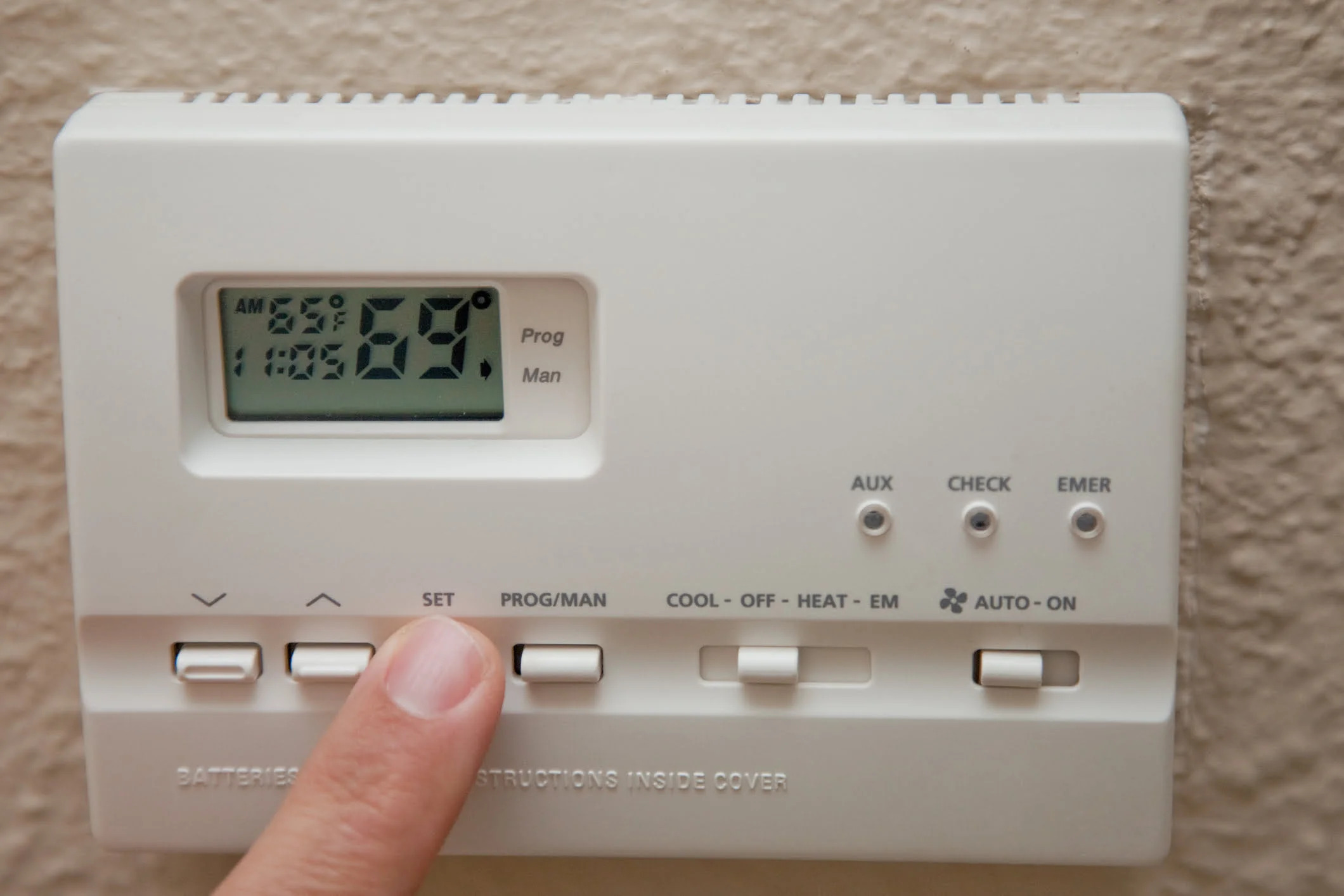

Heating & Cooling
How To Use A Central Heating Thermostat
Modified: March 24, 2024
Learn how to effectively use a central heating thermostat to optimize your heating and cooling system for comfort and energy efficiency. Discover tips and best practices for controlling your home's temperature.
(Many of the links in this article redirect to a specific reviewed product. Your purchase of these products through affiliate links helps to generate commission for Storables.com, at no extra cost. Learn more)
Introduction
A central heating thermostat is a crucial component of any heating and cooling system, serving as the control center for maintaining a comfortable indoor environment. Whether you're looking to optimize energy efficiency, achieve the perfect temperature, or simply gain a better understanding of your home's heating system, mastering the use of your central heating thermostat is essential.
In this comprehensive guide, we will delve into the intricacies of central heating thermostats, providing you with the knowledge and confidence to effectively manage your home's heating and cooling settings. From understanding the different types of thermostats to learning how to troubleshoot common issues, this article will equip you with the expertise to make the most of this vital device.
Understanding and utilizing your central heating thermostat effectively can lead to significant energy savings, improved comfort, and a more sustainable home environment. So, let's embark on this enlightening journey to unravel the mysteries of your central heating thermostat and harness its full potential.
Key Takeaways:
- Mastering your central heating thermostat can lead to energy savings, improved comfort, and a more sustainable home environment. Understanding its types, setup, and usage is key to unlocking its full potential.
- Troubleshooting common thermostat issues and regular maintenance are essential for ensuring continued performance and reliability. Embrace the journey of mastering your thermostat to create a warm, inviting, and energy-efficient home.
Read more: How To Use Central Heating
Understanding Your Central Heating Thermostat
A central heating thermostat is a pivotal device that regulates the temperature of your home, ensuring a comfortable and consistent indoor climate. Understanding the intricacies of this essential component is crucial for optimizing its functionality and maximizing energy efficiency.
Types of Central Heating Thermostats
Central heating thermostats come in various types, each with its unique features and capabilities. The most common types include:
-
Manual Thermostats: These traditional thermostats require manual adjustment to set the desired temperature. They are simple to operate and offer basic temperature control.
-
Programmable Thermostats: These advanced thermostats allow users to program specific temperature settings for different times of the day, enabling automated temperature adjustments to align with daily routines.
-
Smart Thermostats: Equipped with cutting-edge technology, smart thermostats offer remote access and advanced programming capabilities via smartphone apps or voice commands. They can learn user preferences and adapt to optimize energy usage.
Components of a Central Heating Thermostat
A typical central heating thermostat comprises several key components, including:
-
Temperature Sensor: This component detects the current temperature and signals the heating system to adjust accordingly.
-
Display Screen: The display screen provides real-time temperature readings and allows users to interact with the thermostat settings.
-
Control Interface: This interface enables users to adjust temperature settings, program schedules, and access additional features.
Operating Principles
Central heating thermostats operate based on the principle of maintaining a set temperature within the home. When the temperature deviates from the set point, the thermostat signals the heating system to activate or deactivate, ensuring that the desired temperature is maintained.
Understanding the fundamental principles and components of your central heating thermostat is the first step toward harnessing its full potential. With this knowledge, you can proceed to the next section to learn how to set up and utilize your thermostat effectively.
Setting Up Your Central Heating Thermostat
Setting up your central heating thermostat is a pivotal step in ensuring optimal performance and energy efficiency. Whether you have a manual, programmable, or smart thermostat, the initial setup process lays the foundation for effective temperature control and personalized comfort settings.
Installation and Placement
When installing a new thermostat, it's essential to consider its placement for accurate temperature readings and efficient operation. Ideally, the thermostat should be positioned on an interior wall, away from direct sunlight, drafts, and heat sources such as lamps or electronics. Additionally, it should be located in a frequently used area of the home to reflect the actual temperature experienced by occupants.
Power and Wiring
Before proceeding with the installation, it's crucial to ensure that the power to the heating system is turned off. This step is vital for safety and prevents any electrical mishaps during the wiring process. If you're uncertain about the wiring configuration, it's advisable to seek professional assistance to avoid potential damage to the thermostat or heating system.
Programming and Scheduling
For programmable and smart thermostats, programming the device according to your daily routine is a key aspect of the setup process. By creating a heating schedule that aligns with your typical activities, such as waking up, leaving for work, and returning home, you can optimize energy usage and maintain a comfortable environment without unnecessary heating during unoccupied hours.
Connectivity and Calibration
Smart thermostats often require connectivity to a Wi-Fi network for remote access and advanced features. During the setup, it's essential to follow the manufacturer's instructions for connecting the thermostat to your home network. Additionally, calibrating the thermostat to ensure accurate temperature readings is crucial for precise temperature control and energy efficiency.
User Preferences and Customization
As you set up your thermostat, take the time to explore and customize the various settings and features offered by the device. This may include adjusting temperature display preferences, enabling energy-saving modes, and exploring additional capabilities such as humidity control or air filter monitoring, depending on the features available in your specific thermostat model.
By following these steps and paying attention to the details during the setup process, you can establish a solid foundation for efficient and personalized temperature control in your home. Once your central heating thermostat is properly set up, you can proceed to the next section to learn how to effectively utilize its features to create a comfortable and energy-efficient indoor environment.
Using Your Central Heating Thermostat
Once your central heating thermostat is properly set up, you can begin utilizing its features to create a comfortable and energy-efficient indoor environment. Whether you have a manual, programmable, or smart thermostat, understanding how to effectively use the device is essential for optimizing temperature control and maximizing energy savings.
Manual Thermostats
If you have a manual thermostat, using it is straightforward. Simply adjust the temperature setting to your desired level using the control interface. Keep in mind that manual adjustments are necessary to maintain the desired temperature, so it's important to make changes as needed based on your comfort preferences and daily activities.
Read more: What Is Central Heating
Programmable Thermostats
For programmable thermostats, take advantage of the device's scheduling capabilities to create personalized heating programs that align with your daily routine. By programming different temperature settings for specific times of the day, such as mornings, evenings, and nighttime, you can ensure that your home is heated according to your occupancy patterns, thereby reducing energy consumption during unoccupied hours.
Smart Thermostats
Smart thermostats offer advanced features that enable remote access and automated temperature adjustments. Utilize the smartphone app or voice commands to control the thermostat from anywhere, allowing you to make real-time adjustments based on changes in your schedule or unexpected events. Additionally, take advantage of the learning capabilities of smart thermostats, as they can adapt to your preferences and optimize energy usage over time.
Temperature Control
Regardless of the type of thermostat you have, understanding how to control the temperature effectively is key to maintaining a comfortable indoor environment. Make gradual adjustments to the temperature setting to avoid drastic temperature fluctuations, and pay attention to the feedback provided by the thermostat's display screen to ensure that the desired temperature is achieved.
Energy-Saving Features
Explore the energy-saving features offered by your thermostat, such as eco modes, adaptive learning, and vacation settings. These features are designed to minimize energy consumption without compromising comfort, allowing you to reduce your heating costs while contributing to a more sustainable home environment.
Read more: How To Install Central Heating
Regular Monitoring
Regularly monitor the performance of your thermostat to ensure that it is functioning optimally. Check the temperature readings against a separate thermometer to verify accuracy, and keep an eye on any alerts or notifications provided by the thermostat regarding system maintenance or potential issues.
By effectively using your central heating thermostat and leveraging its features based on your specific needs and lifestyle, you can achieve a harmonious balance between comfort, energy efficiency, and convenience. With the knowledge and insights gained from this guide, you are well-equipped to make the most of your central heating thermostat and create an ideal indoor environment for you and your family.
Troubleshooting Common Issues
Even with proper setup and regular maintenance, central heating thermostats may encounter common issues that can affect their performance. Identifying and addressing these issues in a timely manner is essential to ensure continued comfort and energy efficiency in your home. Here are some common problems that may arise with central heating thermostats and troubleshooting steps to resolve them:
1. Inaccurate Temperature Readings
If your thermostat displays inaccurate temperature readings, it can lead to discomfort and inefficient heating. To troubleshoot this issue, start by checking the thermostat's placement and ensuring that it is not exposed to direct sunlight, drafts, or heat sources. Additionally, verify that the temperature sensor is clean and free from any obstructions. If the issue persists, recalibrating the thermostat or seeking professional assistance may be necessary to restore accurate temperature readings.
2. Unresponsive Controls
An unresponsive control interface can hinder your ability to adjust temperature settings and access the thermostat's features. Begin troubleshooting by checking the power source and ensuring that the thermostat has a reliable connection. If the controls remain unresponsive, resetting the thermostat or replacing the batteries, if applicable, can often resolve this issue.
Read more: How To Turn On Central Heating
3. Heating System Malfunction
If your heating system fails to activate or maintain the desired temperature despite proper thermostat settings, it may indicate a malfunction within the heating system itself. In such cases, it is advisable to inspect the heating system for any visible issues, such as faulty wiring or component failures. If the problem persists, contacting a qualified HVAC technician for professional diagnosis and repairs is recommended.
4. Connectivity Problems (Smart Thermostats)
For smart thermostats that rely on Wi-Fi connectivity, intermittent or lost connections can disrupt remote access and automated features. Troubleshoot connectivity issues by ensuring that the thermostat is within range of the Wi-Fi network and that the network itself is functioning properly. Resetting the Wi-Fi connection on the thermostat and updating the firmware, if available, can often resolve connectivity problems.
5. Battery Issues
If your thermostat is battery-powered, experiencing frequent battery drain or erratic behavior may indicate underlying battery issues. To troubleshoot this, replace the batteries with new ones and ensure that they are properly inserted according to the manufacturer's instructions. If the problem persists, consider using high-quality batteries or consult the thermostat's user manual for specific battery recommendations.
By addressing these common issues through systematic troubleshooting and, if necessary, seeking professional assistance, you can maintain the optimal functionality of your central heating thermostat. Regular maintenance and proactive troubleshooting will ensure that your thermostat continues to provide reliable temperature control and energy efficiency for your home.
Conclusion
In conclusion, mastering the use of your central heating thermostat is not only a practical endeavor but also a gateway to enhanced comfort, energy efficiency, and sustainable living. By gaining a comprehensive understanding of the different types of thermostats, their components, and operating principles, you are empowered to make informed decisions regarding your home's heating and cooling systems.
The process of setting up your central heating thermostat, from installation and placement to programming and customization, lays the groundwork for personalized temperature control and energy-saving strategies. Whether you have a manual, programmable, or smart thermostat, the setup phase is crucial for optimizing its functionality and aligning it with your lifestyle and preferences.
Effectively using your central heating thermostat involves leveraging its features to create a comfortable indoor environment while minimizing energy consumption. From manual adjustments to advanced scheduling and remote access capabilities, each type of thermostat offers unique benefits that can be tailored to your specific needs. By embracing temperature control, energy-saving features, and regular monitoring, you can harness the full potential of your thermostat to achieve a harmonious balance between comfort and sustainability.
Furthermore, being equipped with troubleshooting knowledge allows you to address common issues that may arise with central heating thermostats, ensuring continued performance and reliability. By promptly identifying and resolving issues such as inaccurate temperature readings, unresponsive controls, and connectivity problems, you can maintain a seamless heating experience in your home.
Ultimately, the journey of mastering your central heating thermostat is a testament to your commitment to creating an optimal indoor environment for yourself and your family. By integrating the insights and techniques shared in this guide into your daily routine, you are poised to unlock the full benefits of your thermostat, from energy savings and environmental impact to personalized comfort and convenience.
As you embark on this journey, remember that your central heating thermostat is not just a device but a gateway to a more sustainable and comfortable lifestyle. Embrace the knowledge and skills you've gained, and let your thermostat be a partner in creating a warm, inviting, and energy-efficient home for years to come.
Frequently Asked Questions about How To Use A Central Heating Thermostat
Was this page helpful?
At Storables.com, we guarantee accurate and reliable information. Our content, validated by Expert Board Contributors, is crafted following stringent Editorial Policies. We're committed to providing you with well-researched, expert-backed insights for all your informational needs.
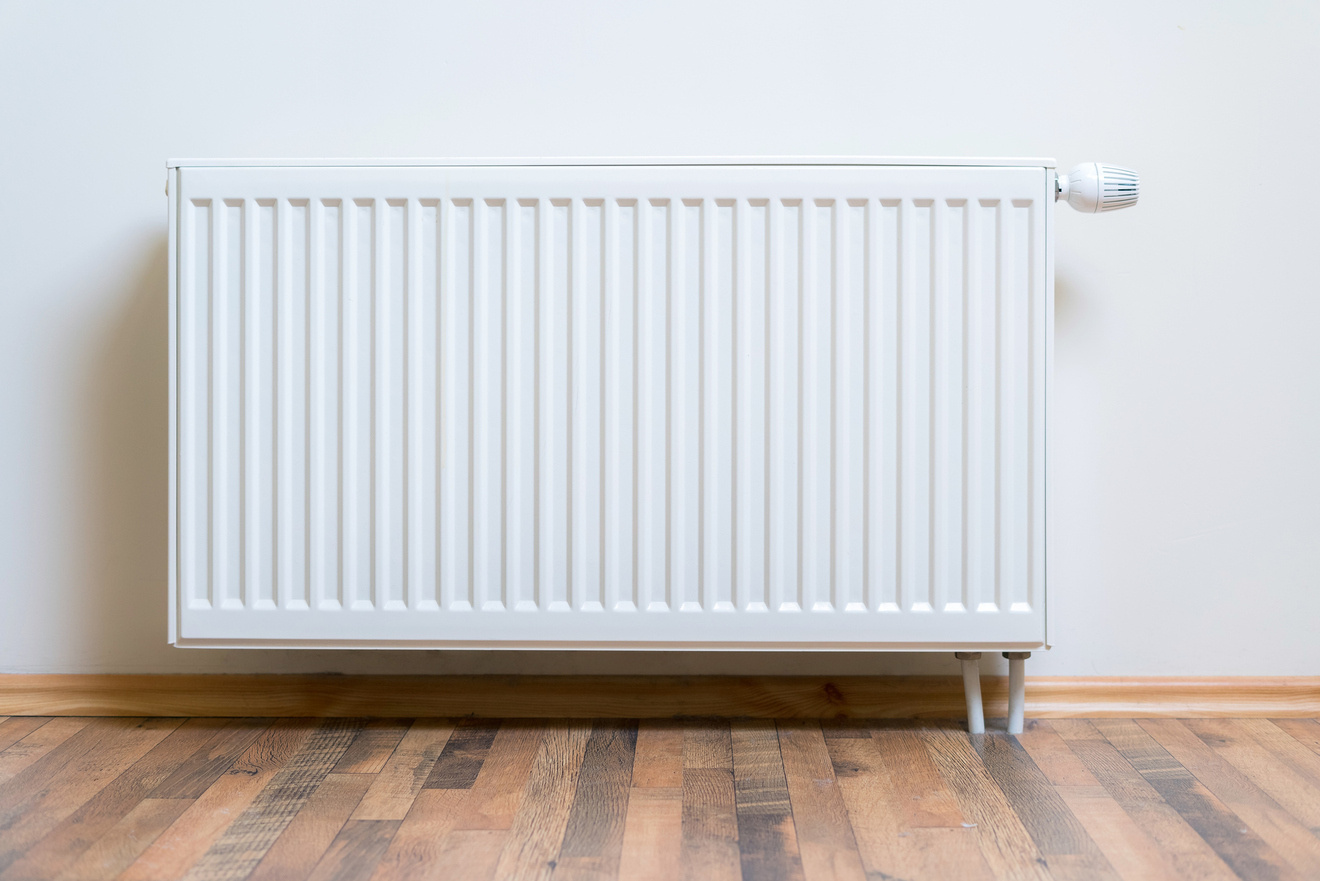
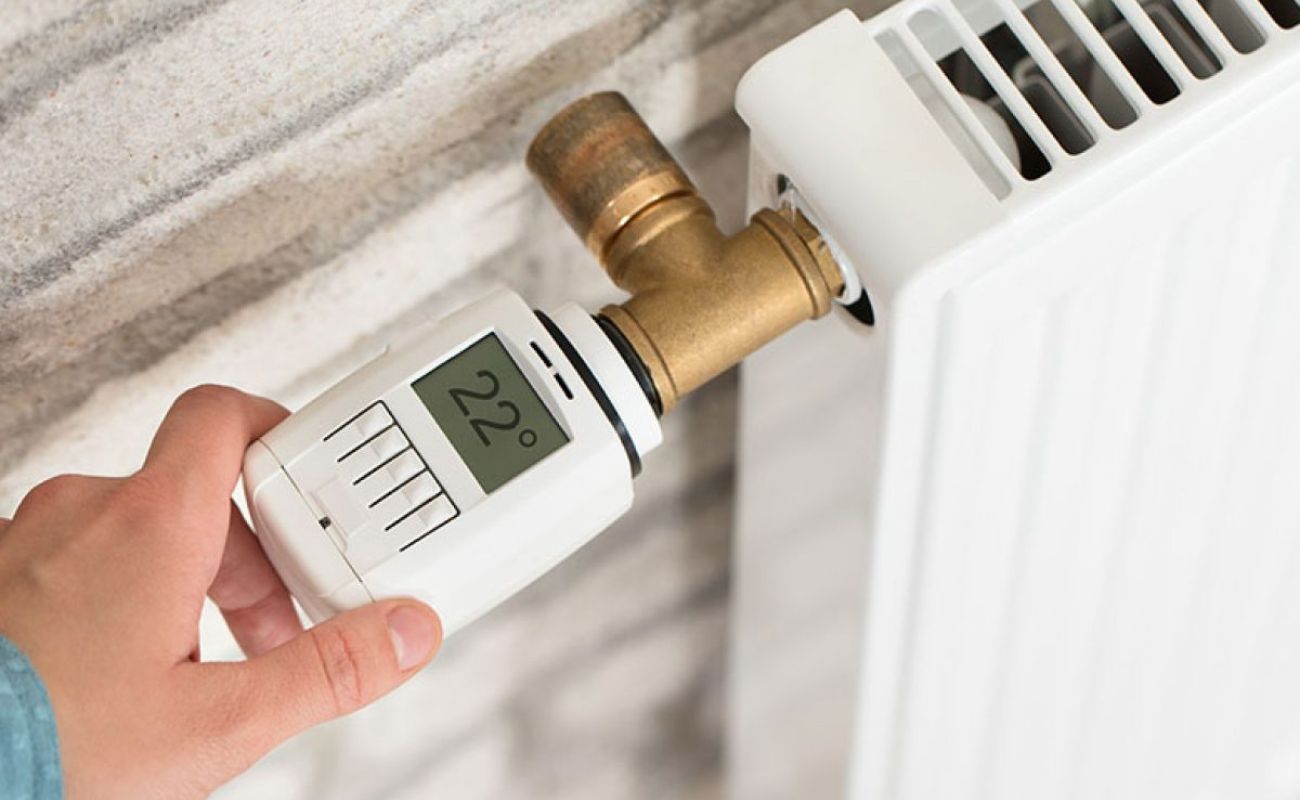
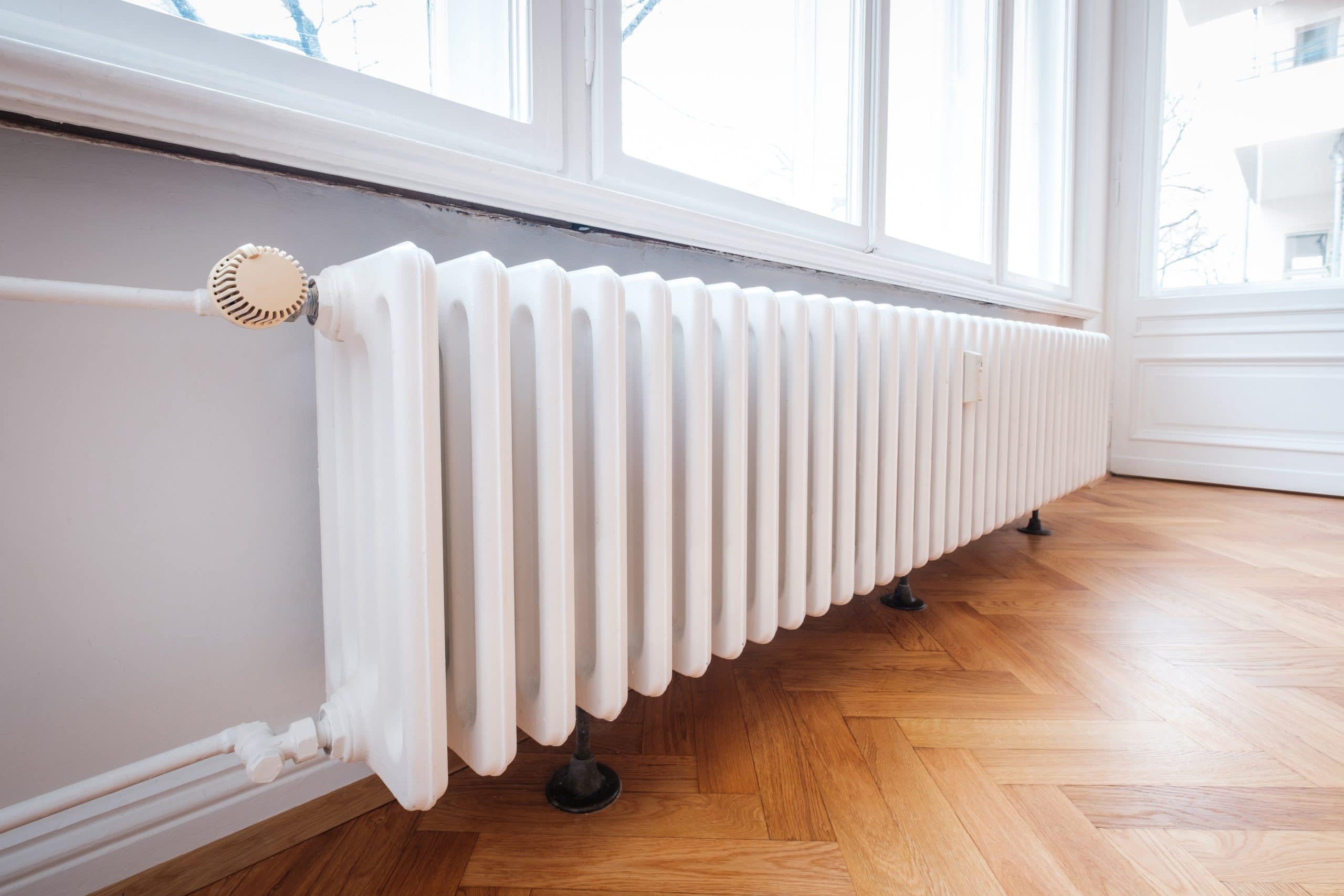
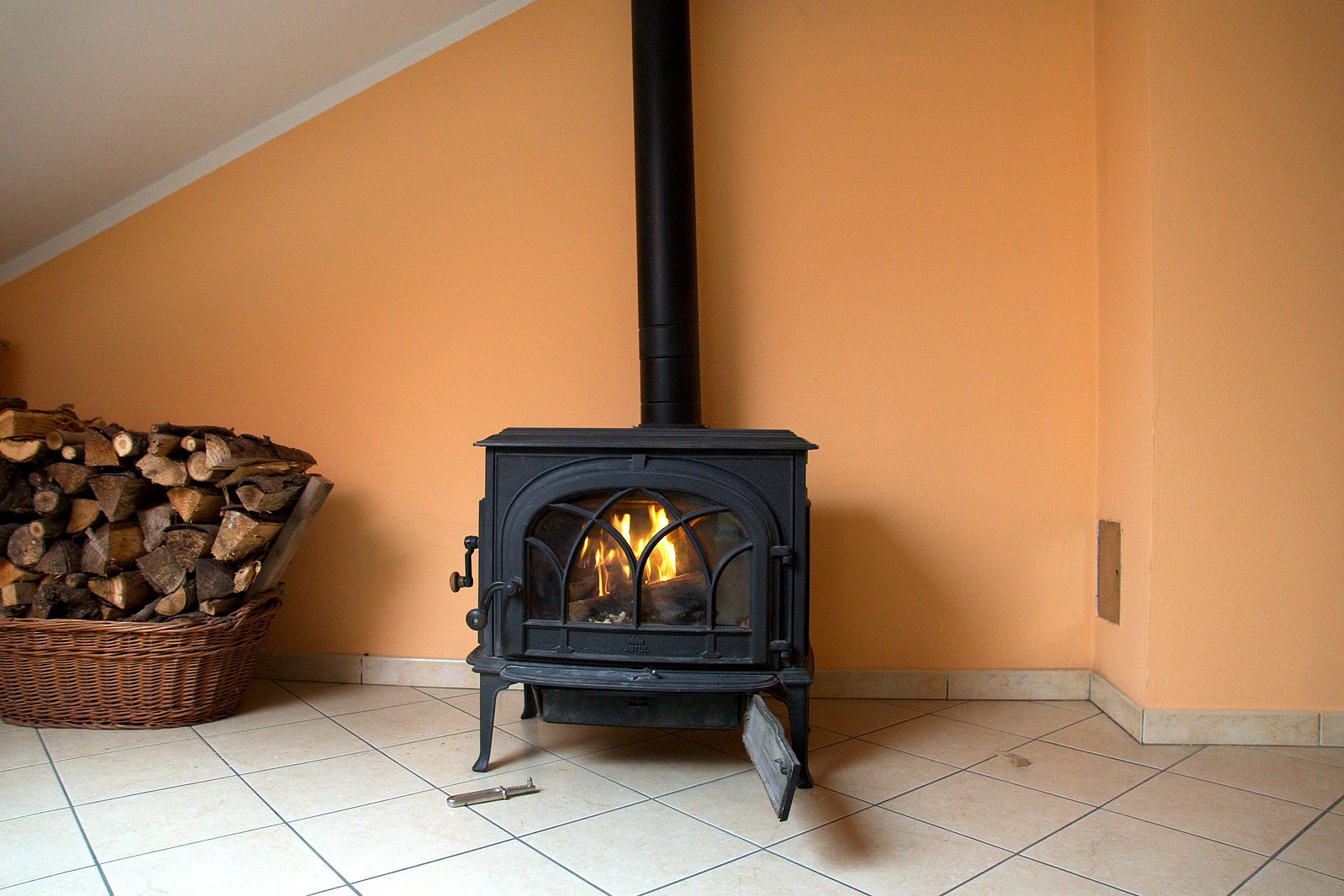
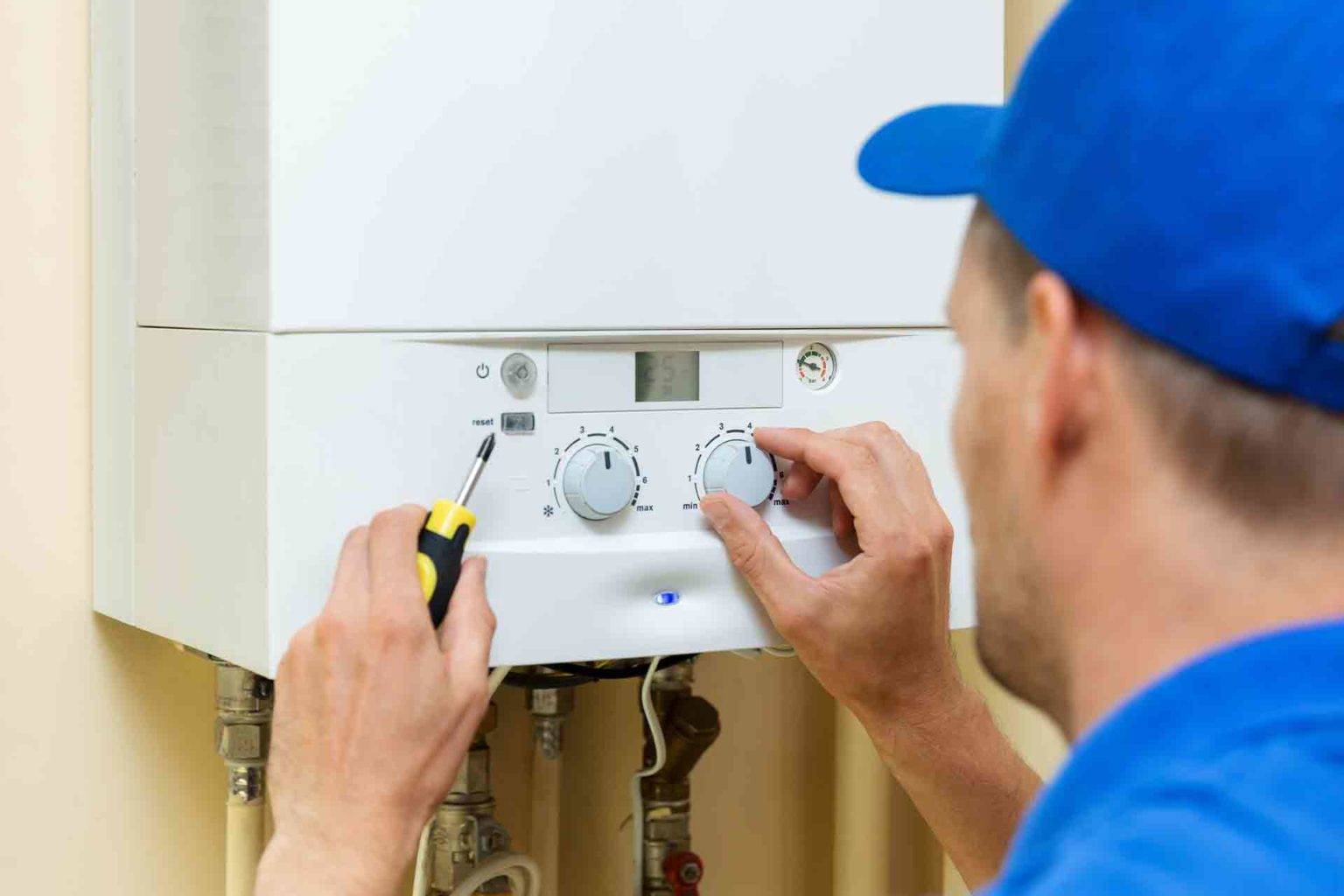
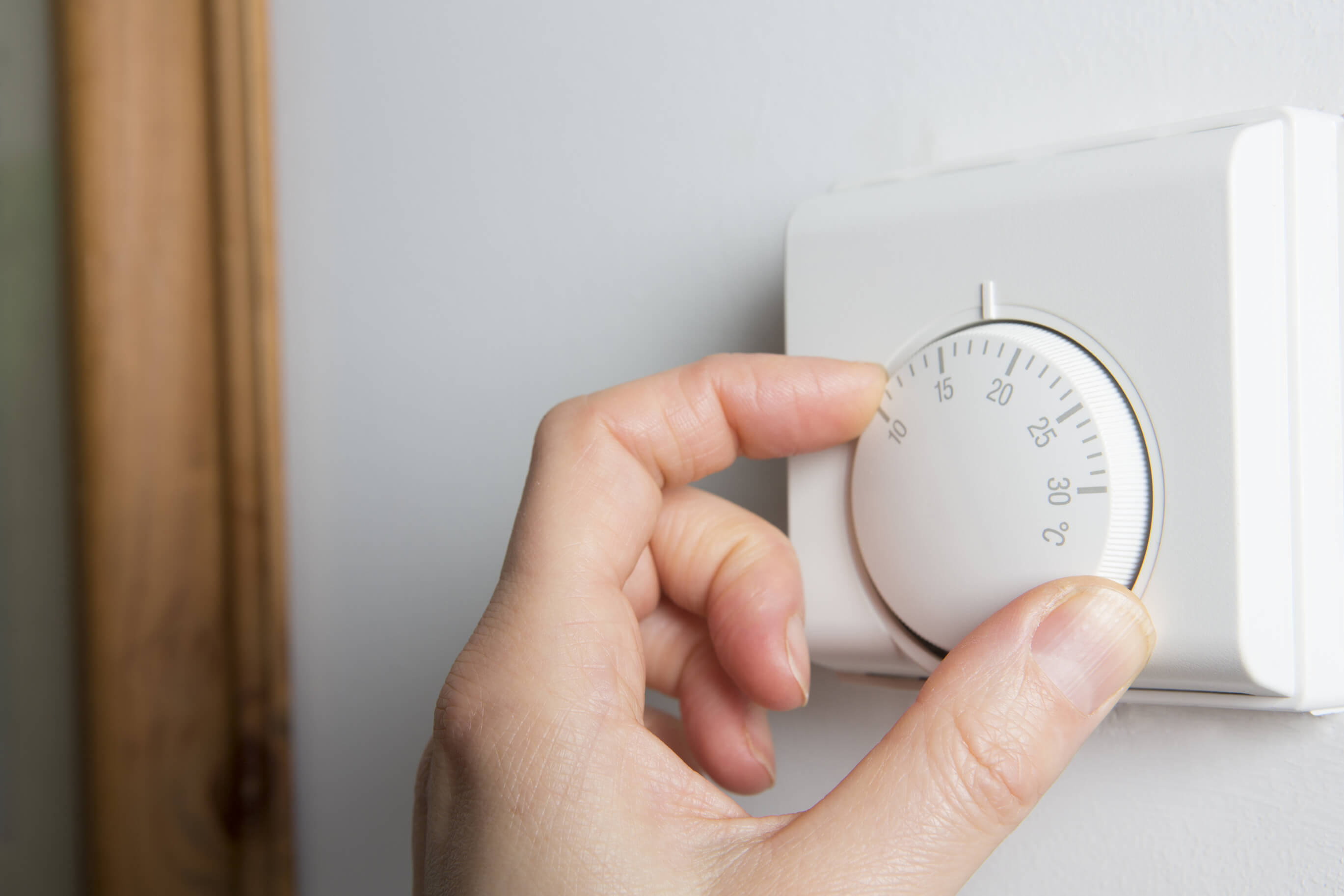
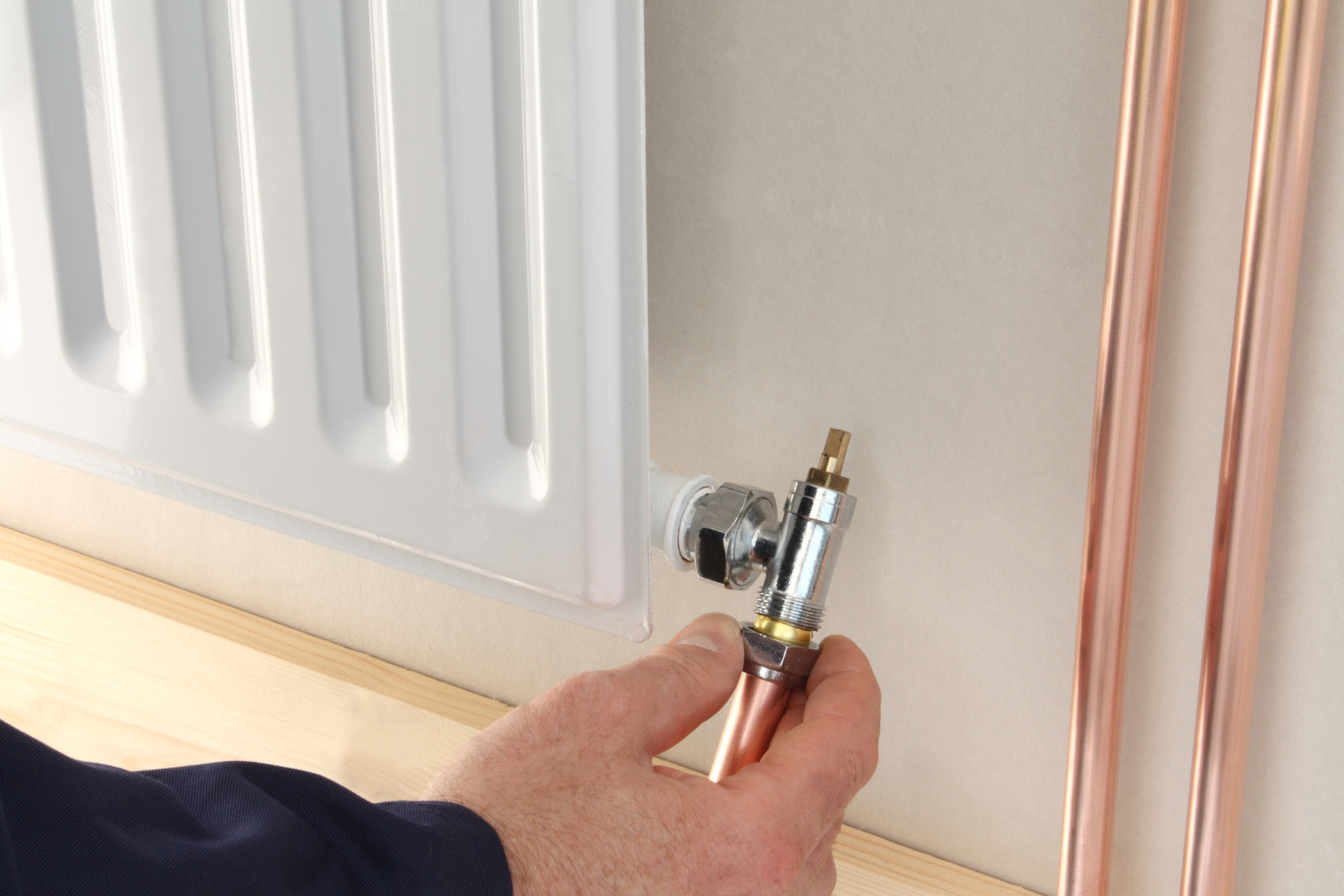


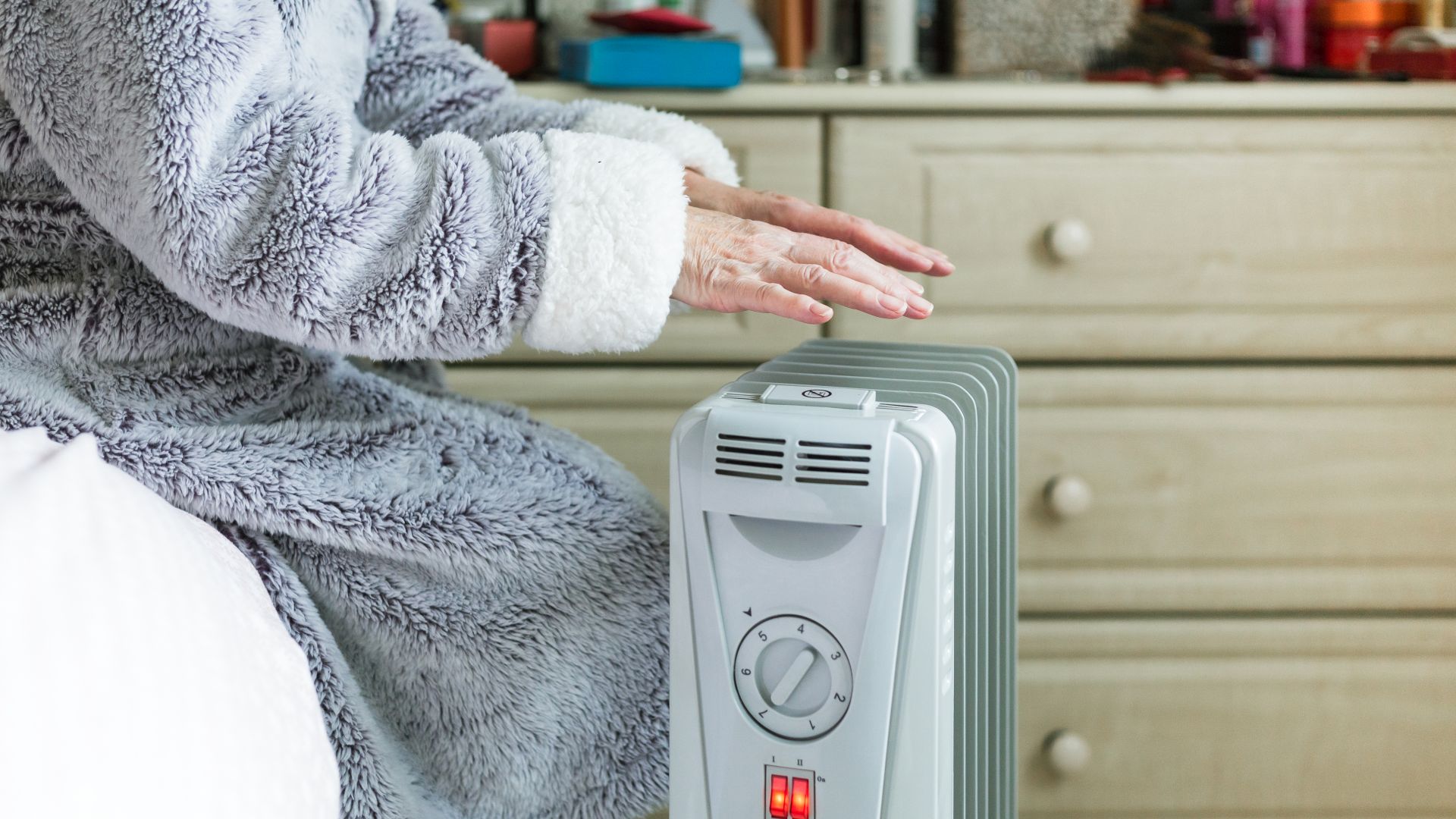

0 thoughts on “How To Use A Central Heating Thermostat”